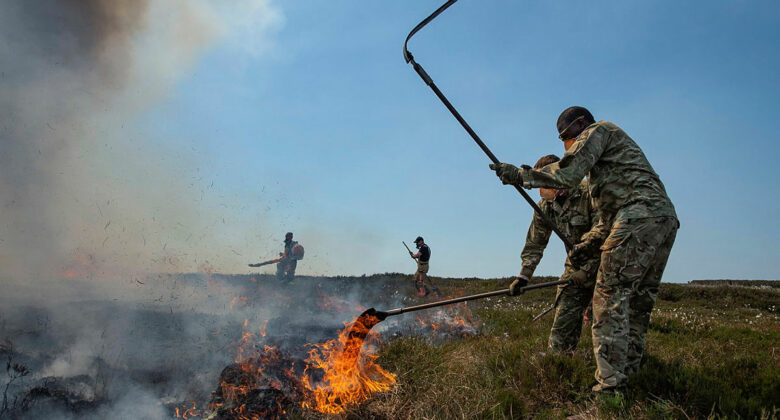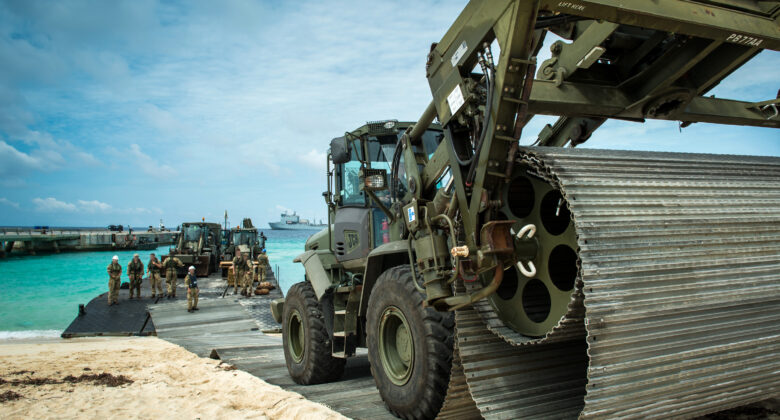MILITARY RESPONSE
There are approximately six phases of military response to a disaster.
Phase 1 Requesting Assistance – Affected country requests international assistance through organisations such as NATO or the UN.
Phase 2 Reconnaissance – An initial assessment of the disaster is undertaken by the affected country, UN, and sometimes military intelligence.
Phase 3 Deployment – Roles are agreed and soldiers deployed
Phase 4 Meeting Basic Needs – The Majority of support occurs in this phase, such as delivering food, water, and shelter.
Phase 5 Recovery – This phase includes recovery, rehabilitation and reconstruction, such as assistance in restoring the affected country’s critical infrastructure, such as roads and ports.
Phase 6 Transition – Support in the transition back to normal daily life. Military _ what they have learnt from the operation.
Phases informed by Ministry of Defence, Joint Doctrine Publication 3-52 ‘Disaster Relief Operations Overseas: the Military Contribution’ 2016.





